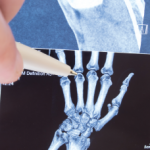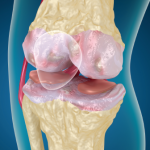CHICAGO—Are effective treatments for osteoarthritis (OA) on the horizon? In Emerging Treatments for Osteoarthritis at the 2018 ACR/ARHP Annual Meeting, experts discussed potential therapies to address OA structural progression, pain and inflammation. With an aging population and rising obesity rates, “we can expect the prevalence of osteoarthritis will only increase,” said Anne-Marie Malfait, MD, PhD,…






